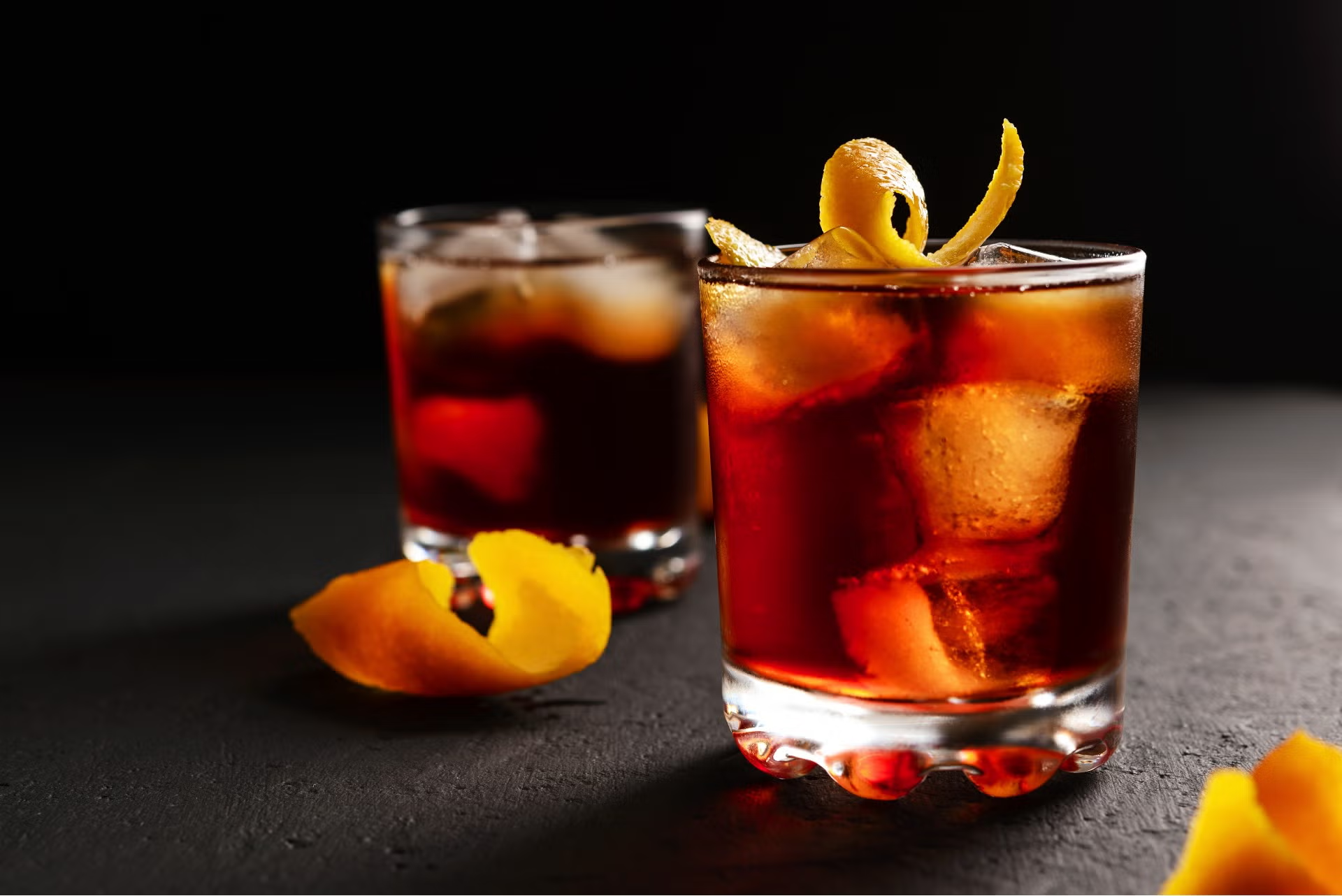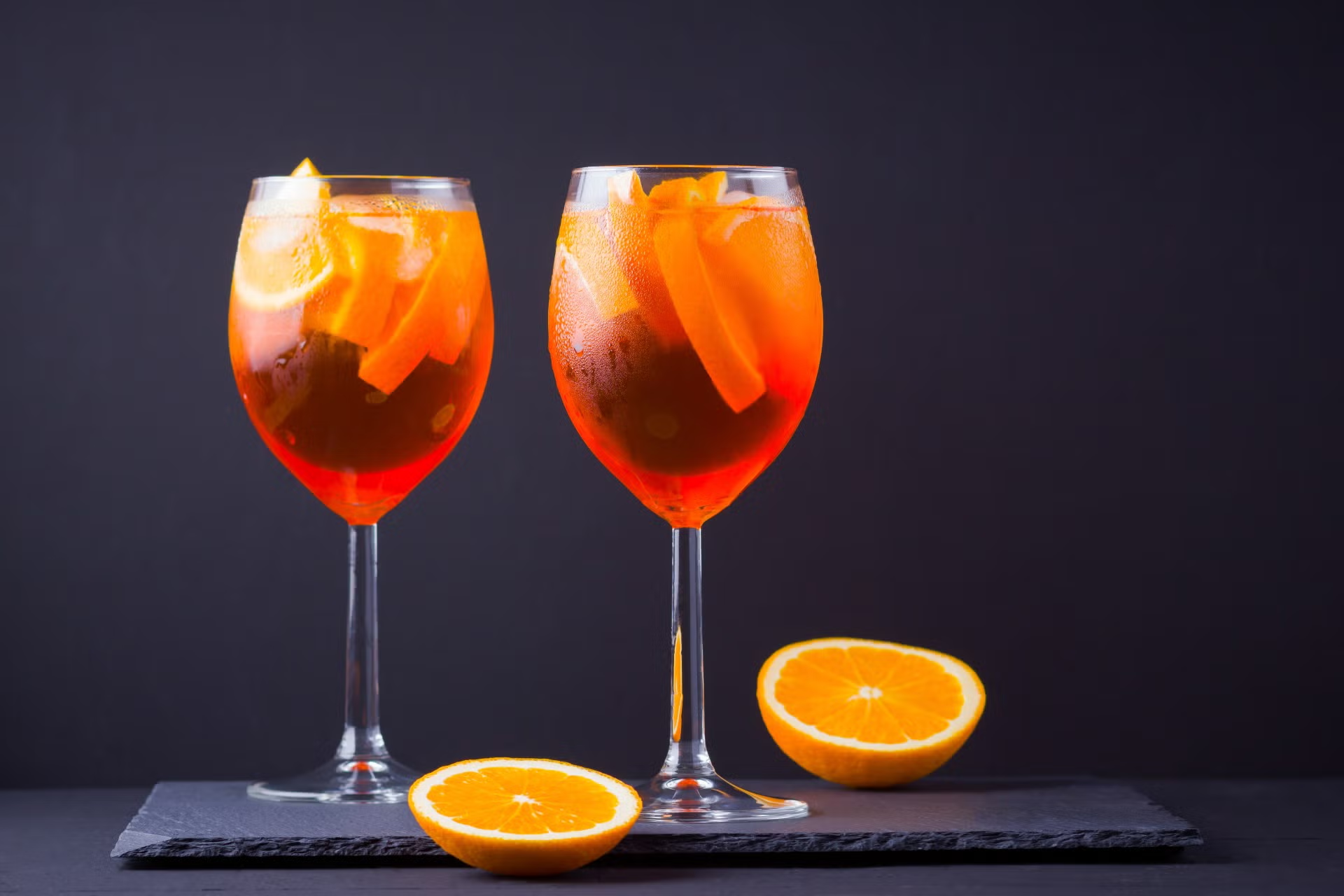If you’re looking for a more relaxed way to enjoy cocktails, Italian cocktails could be the solution for you. Italian cocktail culture is less about partying hard, and more about lingering over drinks with good friends and good conversation.
Many Italian cocktails are meant to be enjoyed before dinner. These cocktails are known as aperitifs, and they are dry, rather than sweet, in order to stimulate the appetite. Unlike sugary pitcher cocktails, an Italian aperitif is meant to be sipped slowly, and their flavours tend to be more complex, based on wines and liqueurs rather than fruit juices and soda.
For a more laid back, sophisticated approach to cocktails, why not try some of these classic Italian cocktails the next time you have friends round for dinner?
Negroni
One of Italy’s most popular aperitifs, the Negroni is made from a blend of bitter Campari, aromatic dry gin, and sweet vermouth. It is based on an older cocktail called the Americano (more of which later in the list), which uses sparkling water instead of gin.
The Negroni is said to take its name from a globetrotting nobleman, Count Camillo Negroni, who developed a taste for gin during his adventures in the USA as a rodeo clown, and on returning to his native Florence some time around 1920, persuaded his friend, barman Folco Scarselli of Caffè Casoni, to substitute the water in his Americano for gin.
Word got around about this dryer, boozier version of the classic Americano, or so the story goes, and soon everyone was ordering Negroni’s cocktail for themselves. A hundred years later, the Negroni is more popular than ever, and evidence that suggests Camillo Negroni may not actually have existed doesn’t stop most people from enjoying the story.
To enjoy your Negroni at its best, serve it in a rocks glass over ice with a twist of orange













